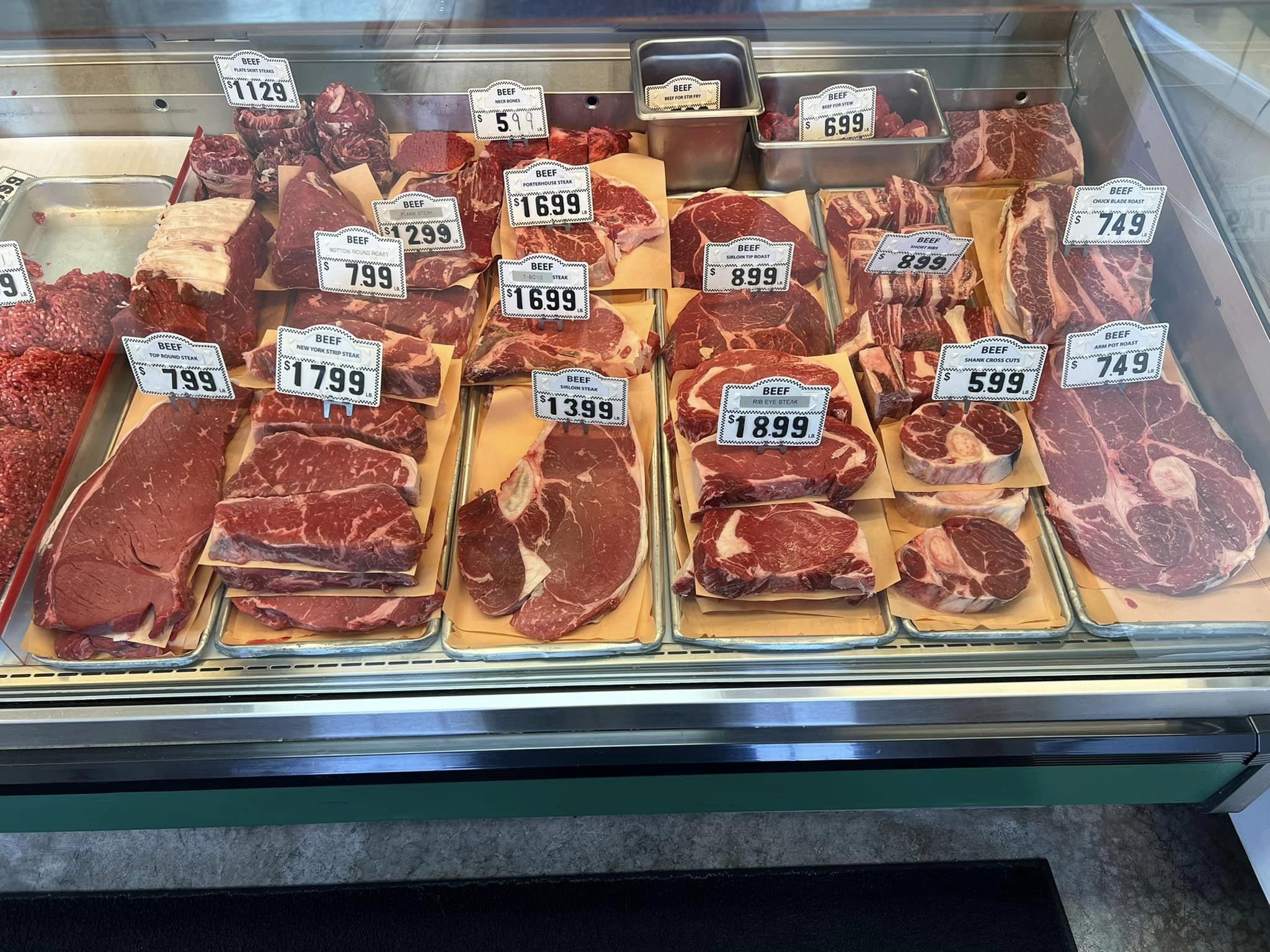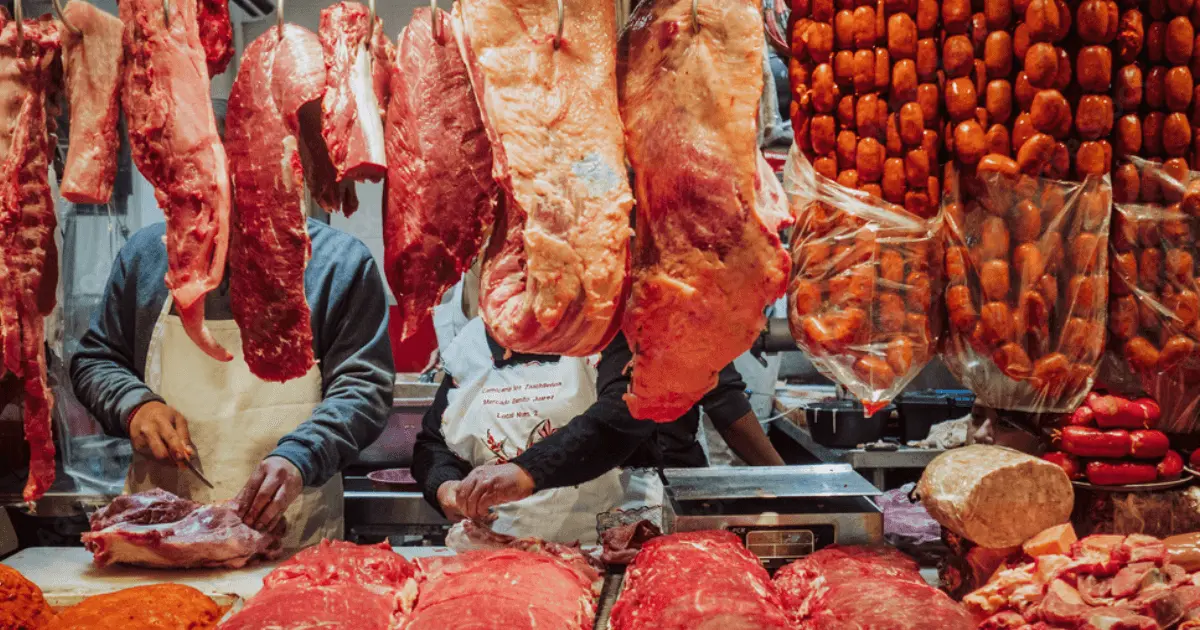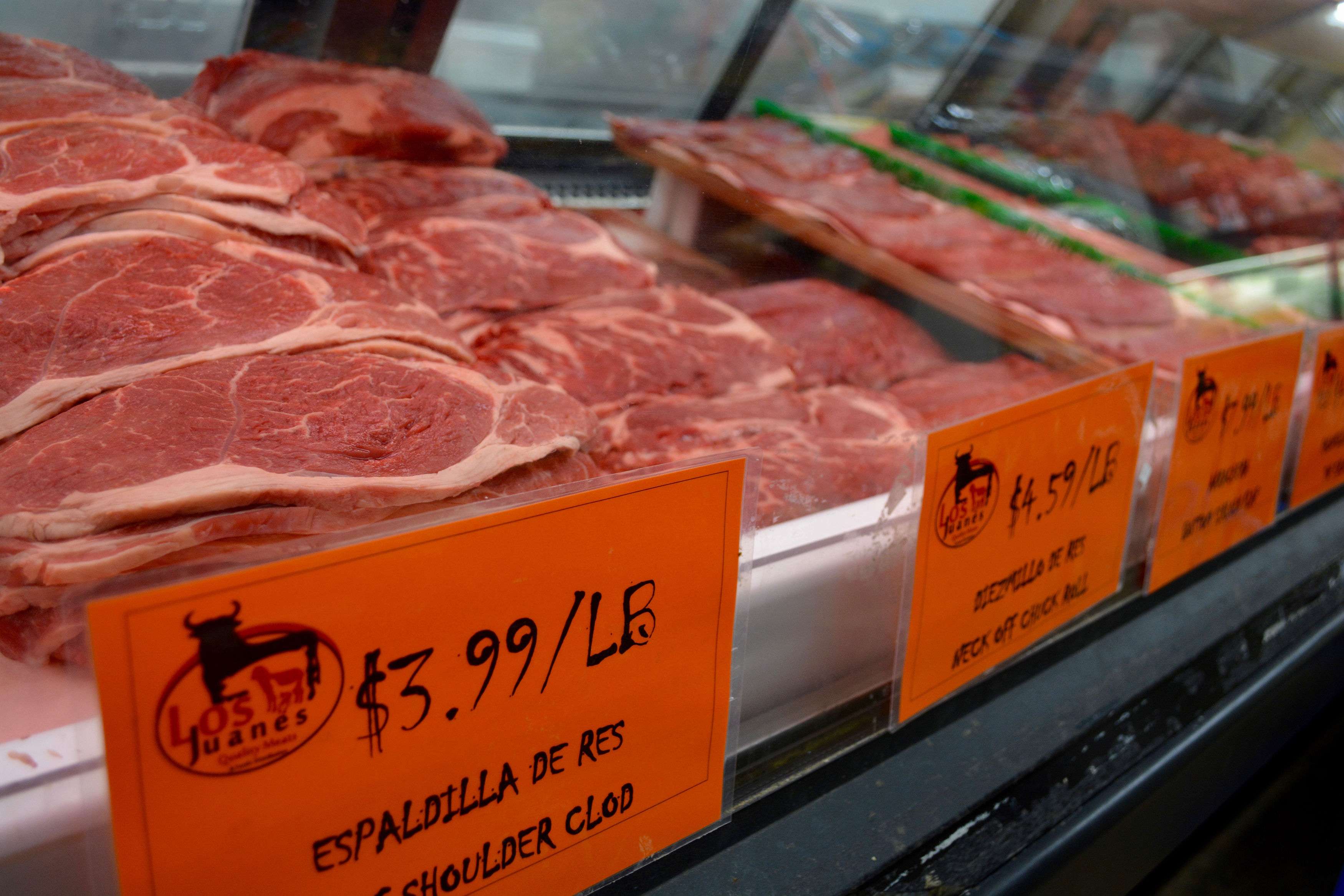What Makes Bagley Farms Meat Market Edwardsville IL Stand Apart for Meat Lovers
What Makes Bagley Farms Meat Market Edwardsville IL Stand Apart for Meat Lovers
Blog Article
Discover the Art of the Butcher's Cut in a Modern Meat Market
In the ever-evolving landscape of modern meat markets, the butcher's cut has transcended its traditional origins, merging age-old workmanship with contemporary practices. What absolutely sets the contemporary butcher apart is their capacity to forge a deeper link in between customers and the origins of their meat.
Development of Butchery Methods

The mid-20th century saw butchery techniques further refined by clinical insights into muscle mass biology and meat aging, improving both tenderness and preference. Developments like vacuum packaging and refrigeration extended product shelf-life, allowing butchers to diversify offerings and enhance high quality control. This period additionally marked the rise of specific tools, such as band saws and meat slicers, which increased accuracy and performance in meat processing.
Computerized systems currently assist in monitoring pet provenance and enhancing cuts to satisfy certain client choices. Additionally, a revival in artisanal butchery has actually emerged, blending conventional skills with contemporary understanding to cater to consumers seeking ethical and lasting meat alternatives.

Comprehending Meat Cuts

Comprehending the complexities of meat cuts is essential for both butchers and consumers looking for top quality and value. For butchers, specific cuts mirror ability and respect for the craft, guaranteeing marginal waste and ideal return.
The key categories of meat cuts include primitive, sub-primal, and retail cuts. Butchers then break these down further right into sub-primal cuts, before finally creating retail cuts readily available to consumers, like ribeye or tenderloin.
Recognizing muscle structure is crucial; muscular tissues utilized a lot more frequently by the animal have a tendency to be harder and are best matched for slow-moving cooking methods, while less-used muscular tissues, like those located in the loin, are more tender and ideal for cooking or roasting. Experience with these differences encourages consumers to make informed selections, boosting their culinary endeavors.
Picking Top Quality Meat
Picking the ideal meat includes even more than just selecting a visually enticing item from the display. The art of picking top quality meat requires a critical that site eye and knowledge of certain attributes that signify freshness and quality. To start with, take note of the color; beef needs to have a brilliant, cherry-red shade, while lamb needs to show a soft pink tone, and pork a light pink. This suggests the meat is fresh and hasn't been revealed to oxygen for as well long.
Secondly, consider the marbling, which describes the white streaks of fat within the muscular tissue. Appropriate marbling is an essential sign of tenderness and taste, as it thaws throughout food preparation, enhancing the meat's juiciness. Remember, greater marbling frequently correlates with superior top quality cuts, such as USDA why not check here Prime.
Texture is another critical aspect; meat ought to really feel firm to the touch, not slimed or overly soft. Additionally, be mindful of the aroma. Fresh meat ought to have a tidy, neutral scent, cost-free from any type of sour or off-putting odors.
Combining Cuts With Food Preparation Methods
Successfully coupling cuts of meat with the suitable food preparation techniques is crucial for achieving optimal taste and appearance. These methods boost the meat's natural tastes and make certain a juicy surface.
Conversely, harder cuts like brisket and chuck roast are abundant in collagen, which breaks down right into gelatin when prepared slowly. These cuts are optimal for braising or slow roasting, permitting the meat to tenderize with time and create deep, complicated tastes. Cuts such as short ribs and pork shoulder get on well with slow-cooking methods, where extended cooking times change their durable textures right into delicious recipes.
Lamb shanks and oxtail, which need prolonged cooking to tenderize, are best prospects for stewing or sluggish simmering. These techniques coax out abundant, hearty flavors while maintaining wetness. By recognizing the distinct qualities of each cut, chefs and home cooks alike can boost their culinary creations, guaranteeing each meal is both satisfying and unforgettable.
The Butcher's Role Today
Browsing the evolving landscape of the modern meat market, the butcher's duty today prolongs beyond plain preparation of cuts. Contemporary butchers are culinary craftsmens, instructors, and advocates for lasting methods. They bridge the gap between the farm and the fork by making sure ethical sourcing, understanding pet husbandry, and focusing on openness in the supply chain. This change shows the growing consumer need for high quality over amount, where provenance and animal well-being are extremely important.
Along with crafting specific cuts, butchers Full Article currently engage directly with customers, providing cooking suggestions and tailoring options to match private demands and preferences. Their know-how in meat aging, marbling, and taste profiles equips consumers to make enlightened decisions, enhancing their culinary experiences. This individualized service exemplifies the butcher's developing duty as a trusted advisor in the kitchen.
Moreover, butchers are essential in minimizing waste, making use of whole pets to produce varied items such as sausages and supplies - bagley farms meat market edwardsville il. This extensive technique not only values the animal however additionally straightens with modern sustainability goals. In this way, the modern butcher embodies both tradition and technology, adjusting to an ever-changing market while protecting the artistry and stability of their craft

Final Thought
Mastery in comprehending varied meat cuts and top quality indicators encourages butchers to supply educated referrals, aligning details cuts with optimal cooking methods. By honoring historical techniques while accepting contemporary needs, the butcher's function continues to be crucial in today's innovative meat market.
Report this page